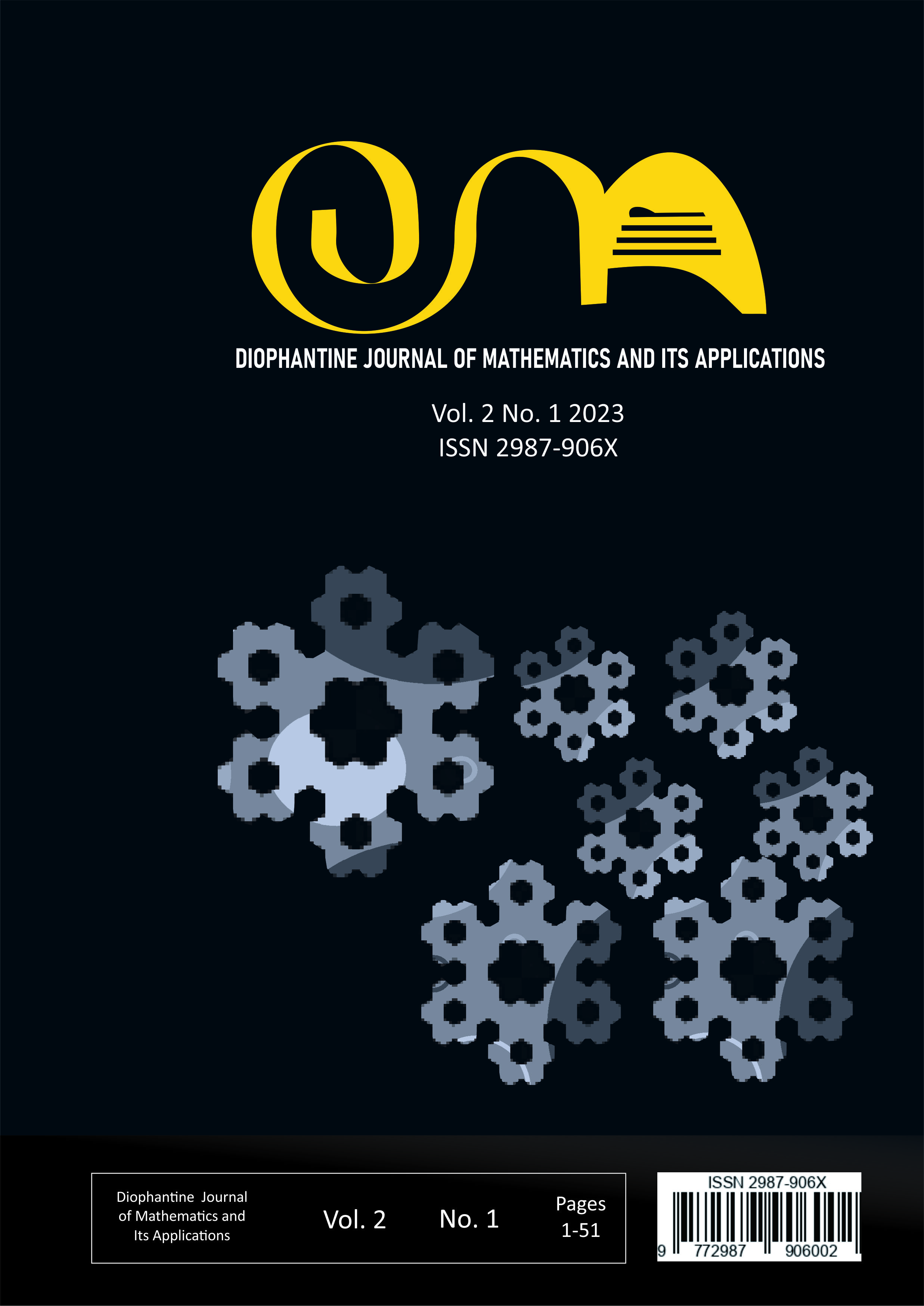Main Article Content
Abstract
Forests are natural resources which if it is managed properly can provide the economic benefits to the surrounding. Woods from trees in the forest are one of the economic benefits that can be gained from the forest. However, trees must be logged under a precise calculation and controlled continuously so that they are not extinct. Logging time in a forest is generally determined by the needs of farmers, which may not necessarily provide maximum benefits. Therefore, harvesting management is needed to obtain optimal benefits while still maintaining the forest sustainability. This paper discusses a basic model of the tree harvesting using Linear Algebra which is applied to one of economically valuable trees, i.e., Gmelina arborea Roxb. on the community forest in Tasikmalaya and Banjar, West Java. Initially, the tree population is divided into 16 class intervals based on their diameter. Analysis of the harvesting model implies that the optimal results will be obtained by logging all of trees in one class with the highest selling value. By applying this scenario, all of the Gmelina arborea Roxb. on the community forest in Tasikmalaya and Banjar, West Java must be logged at the 9th class which will provide a maximum profit of IDR 12,491,843.889 for every 1,000 trees harvested.
Article Details
Copyright (c) 2023 Siti Aizal Yasni Ellena, Lidia H. Y. A. Rudamaga, Anita Triska

This work is licensed under a Creative Commons Attribution 4.0 International License.
